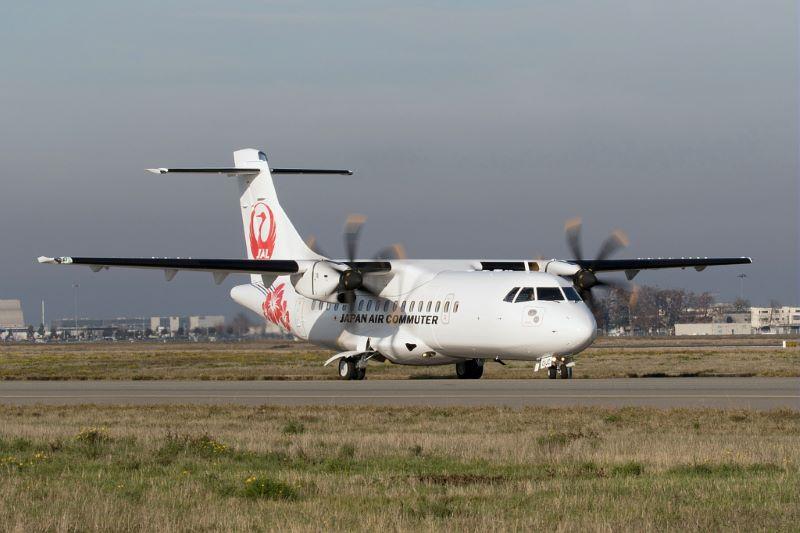
Credit: ATR
Turboprop manufacturer ATR believes that Japan will be home to a 100-strong fleet of the type “in a few years,” CEO Stefano Bortoli said June 8. There are currently just 15 examples of the Franco-Italian aircraft flying in Japan. ATR says it is stepping up its presence in Japan as the country sees...
Subscription Required
This content requires a subscription to one of the Aviation Week Intelligence Network (AWIN) bundles.
Schedule a demo today to find out how you can access this content and similar content related to your area of the global aviation industry.
Already an AWIN subscriber? Login
Did you know? Aviation Week has won top honors multiple times in the Jesse H. Neal National Business Journalism Awards, the business-to-business media equivalent of the Pulitzer Prizes.





